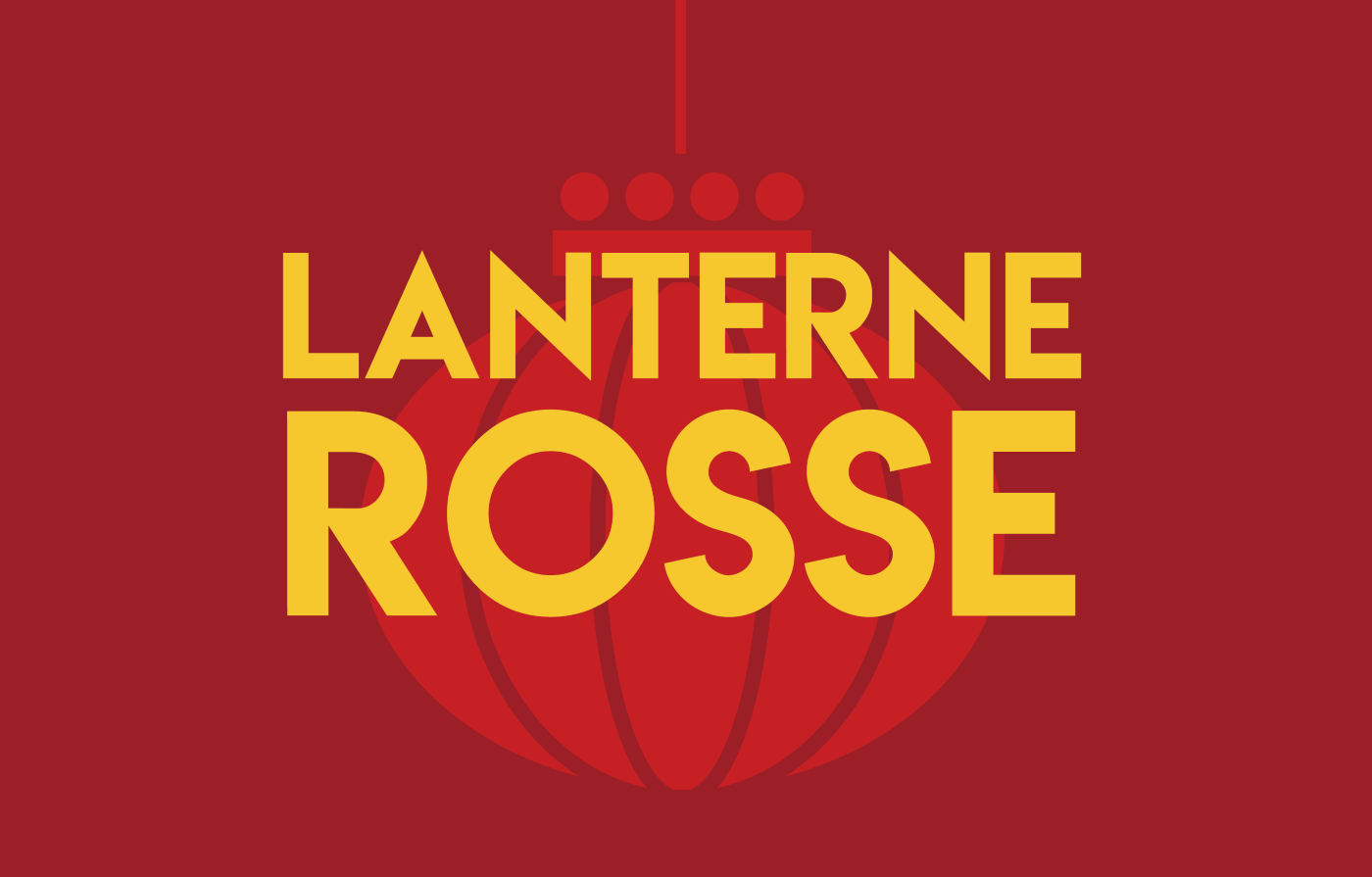The rise (and fragility) of China's alternative to the dollar
Over the past five years, Chinese loans and deposits in renminbi abroad have quadrupled, while CIPS (Beijing's alternative to SWIFT) is growing in Central Asia, the Middle East, and other strategic areas. But the plan remains China-centric, because to truly rely on a global currency, Beijing would have to give up control over capital flows, a choice Xi Jinping believes is incompatible with internal stability.
Milan (AsiaNews) – In the context of the trade war with the United States, Chinese President Xi Jinping is implementing a long-term strategy that goes beyond the clash over tariffs imposed by Donald Trump and subsequent retaliations.
As the Chinese economy slows under the weight of the collapse of the real estate market and deflation, Chinese leaders have chosen to invest heavily in the creation of a monetary alternative to the dollar-dominated global financial system.
Beijing has fully realised that the US can use its levers of control over the global financial system as a weapon, particularly by applying sanctions and exclusions from payment networks. China's response involves patiently building a parallel network that allows international transactions to be conducted without passing through Western channels.
Over the past five years, Chinese loans and deposits in domestic currency abroad have quadrupled. Since 2022 the renminbi, the official name of the Chinese currency, of which the yuan is the unit of account, has doubled its share of international payments.
The CIPS[*] system – created by China as an alternative to SWIFT,[†] a global network that manages payments between banks – has gradually expanded thanks to a dense network of financial institutions connecting Central Asia, the Middle East, and other strategic areas. This infrastructure allows payments in renminbi to be settled locally, without having to convert them into dollars.
A concrete example of the use of this alternative channel emerged in August 2025, when a company in Xinjiang, a region under Western sanctions for the use of forced labour, paid its foreign shareholders using mBridge, a digital currency system developed by China together with other central banks.
Another pillar of this strategy is the expansion of financial relations with other countries. Beijing has extended credit lines for over US$ 600 billion to many central banks, creating a support architecture comparable in scale to that of the International Monetary Fund.
These agreements allow partner countries to access the renminbi in times of crisis, thus encouraging them to borrow and trade in the Chinese currency. Today, more than half of China's cross-border payments are made in its own currency, compared to less than 1 per cent in 2010.
Debt as a tool of influence
The global macroeconomic environment has facilitated this strategy. With US interest rates hovering around 4 per cent, borrowing dollars has become costly for many developing countries. China offers loans in renminbi at rates well below 2 per cent.
Heavily indebted countries like Kenya, Sri Lanka, and Angola have begun converting dollar-denominated debt into renminbi-denominated bonds. Indonesia and Slovenia have announced the issuance of bonds in Chinese currency.
The most significant transformation occurred after the imposition of sanctions on Russia in 2022. Chinese banks converted almost all new foreign loans from dollars to renminbi, tripling the amount of debt denominated in Chinese currency.
By creating a growing mass of renminbi-denominated debt around the world, China generates demand for its own currency, as debtor countries need to trade with Beijing to obtain renminbi to repay their loans.
This strategy is not without costs for debtors. When borrowing in foreign currency, the risk arising from exchange rate fluctuations falls on the receiving country.
About 80 per cent of Chinese loans go to developing countries, many of which are financially fragile. These governments' choice to borrow in renminbi rather than dollars reflects a tactical calculation that prioritises reducing immediate costs over managing long-term risks.
The expansion of China's financial system in the global South is also occurring through the Belt & Road Initiative, the so-called New Silk Road. Chinese corporate investments in member countries reached record levels in the first half of 2025.
Beijing's diplomatic strategy focuses on Southeast Asia, a key area for strengthening economic integration and circumventing trade barriers imposed by Washington.
National ambitions, not global revolution
Despite the rhetoric about building a multipolar order, China's strategy remains fundamentally national. At the BRICS summit held in Rio de Janeiro in July 2025, no concrete progress was made toward the creation of a common currency or a coordinated de-dollarisation strategy.
Beijing believes the renminbi is gradually becoming an international currency and sees no reason to participate in the creation of a new shared currency with Russia, India, Brazil, and South Africa.
This choice reflects, among other things, structural constraints that Beijing does not intend to remove. For the renminbi to become a truly global currency, China would have to liberalise its financial markets and relinquish controls over capital flows, a choice the regime deems incompatible with internal stability.
Such controls serve to curb the illegal export of wealth and discipline members of the ruling class who attempt to illegally transfer capital abroad. Before they were tightened in 2016, capital flight amounted to hundreds of billions of dollars a year, and relinquishing them would mean losing a crucial political lever.
The paradox of China's strategy lies precisely in this contradiction. Beijing wants to build a credible alternative to the dollar without adopting the reforms that have historically accompanied the emergence of major international currencies. The numbers show the limits of this approach. The Chinese currency currently represents only 4 per cent of international payments, compared to 50 per cent for the dollar.
The foreign exchange reserves of global central banks denominated in renminbi remain at 2 per cent, while those in dollars are at 58 per cent. Even considering that some renminbi transactions occur through channels untracked by Western monitoring systems, the gap remains enormous.
Chinese leaders are convinced that political chaos in the United States and the aggressive use of financial sanctions will gradually erode confidence in the dollar, allowing Beijing to reduce its dependence on the US currency without fully liberalising its markets.
Meanwhile, Xi Jinping has accepted the short-term economic cost as the price of consolidating the country's strategic strength, while the Chinese economy copes with multiple internal crisis factors that have collectively undermined consumer confidence and placed local governments in difficulty.
This strategic patience reflects a long-term calculation. In the view of Chinese leaders, the Chinese system possesses a stability lacking in Western democracies, which are more exposed to internal tensions, and time, they are convinced, will ultimately favour China.
However, the rise of the renminbi has been limited and has primarily resulted in its consolidation as a regional reserve currency in Asia and the global South, contributing to the formation of an economic space only partially independent of Western financial architecture.
In this context, the BRICS's action appears more limited than the rhetoric suggests and focuses primarily on regulating part of trade in local currencies, reducing costs but without building a true alternative to the dollar, while the global monetary order tends to slowly fragment into distinct blocs.
RED LANTERNS IS THE ASIANEWS NEWSLETTER DEDICATED TO CHINA. WOULD YOU LIKE TO RECEIVE IT EVERY THURSDAY? TO SUBSCRIBE, CLICK HERE.
[*] Cross-border Interbank Payment System
[†] Society for Worldwide Interbank Financial Telecommunication







.png)










